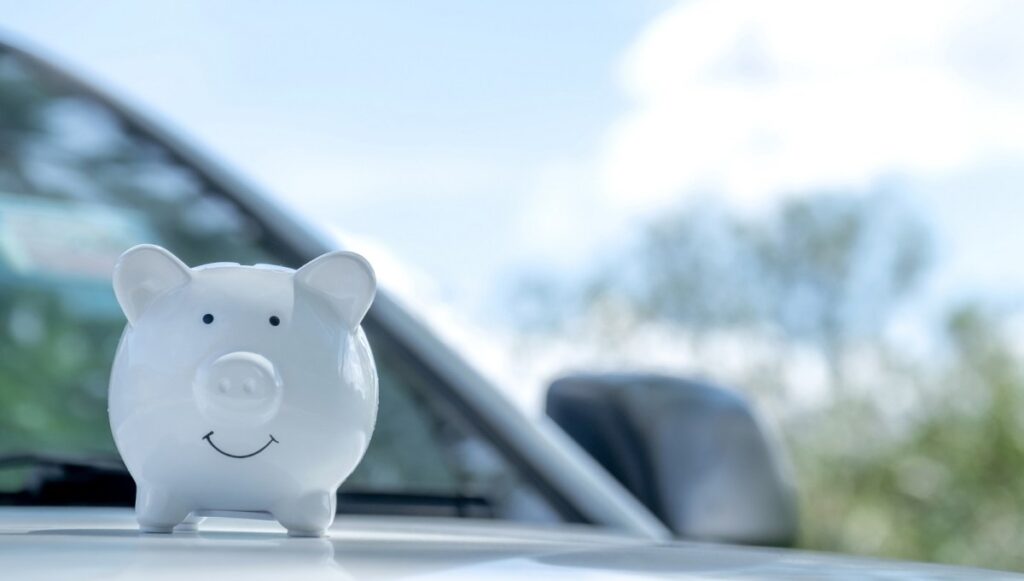
Cox Automotive just released its weekly market analysis, and it includes some contrasting concepts worth talking about. According to the report, consumer sentiment is climbing, with November showing a 4.6% increase. This adds to a notable 14.5% overall improvement over last year. In other words, it says shoppers are more optimistic about spending. Buoyed by lower gas prices, steadying inflation, and stronger retail sales, particularly in the auto sector, the market certainly reads “cheery.”
However, rising optimism hasn’t translated to financial stability for all.
Car loan delinquencies continue to surge, presenting (to me, anyway) a troubling disconnect in the automotive market.
The consumer sentiment index, which Morning Consult provides to Cox, reflects growing confidence in a variety of areas affecting the car world. The job market is one, which is stabilizing as the year sunsets. Lower gas prices (down 8% year-over-year) have allegedly “freed up” household budgets, too. (Our childcare and grocery bills say otherwise.)
Meanwhile, retail sales in the auto sector increased by 1.6% in October, outpacing the broader market’s 0.4% growth. While these gains might highlight “stronger consumer activity,” I’m seeing things a bit differently.
As new car prices climb slightly, I interpret positive sales as more strenuous debt to consumers. Also, increasing retail prices pressure automakers to offer higher incentives…lowering their profit margins to push inventory out.
And anyway, despite the upbeat sentiment, auto loans remain a worryingly weak spot. 60-day and longer late payments rose for the sixth consecutive month. Subprime borrowers are particularly strained, with delinquency rates at 7.44% in October.
While car loan defaults haven’t hit record highs, they’re notably higher than pre-pandemic levels. For instance, the annualized default rate of 3.48% in October dwarfs pre-pandemic norms and inches closer to 2007 levels during the financial crisis.
Auto credit remains tight, making it harder for borrowers to secure “comfortable” loans.
This dynamic is likely fueled by inflation-driven costs in repairs, insurance, and used-car prices, which surged 3.1% in October. Even with some cooling in new-vehicle pricing, these factors would continue to contribute to financial strain, especially for vulnerable borrowers.
So, why the disconnect?
The mixed picture reflects further diverging experiences within the economy. Some consumers feel better about their financial situations overall, thanks to, okay, “sure,” slowing inflation and lower gas prices.
Yet, for many, the cost pressures in auto ownership (from purchasing to maintenance) continue to weigh heavily. Some states continue to suffer through car insurance “cost crises.” More folks signed up for $1000-plus monthly car payments in Q3, concerning financial analysts. Rising delinquencies suggest that while the broader economic environment is improving, some households are still catching up from the pandemic’s economic shock and continued situational instability.
In my mind, consumers are ready to spend, but face headwinds in managing existing debt. As the year closes, addressing this divide will be critical for lenders, automakers, and policymakers alike.
The data reminds us that while sentiment can drive spending, the ability to sustain those purchases, including car loan payments, remains a challenge for many. Having survived through 2008 as a fresh college graduate making a $26,000 salary without benefits, I’m reading this Cox analysis less cheerily and more with cautious foreboding.


